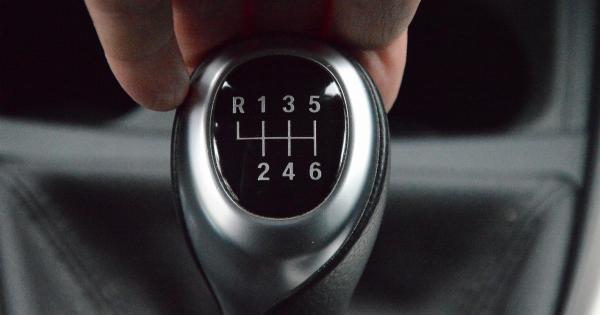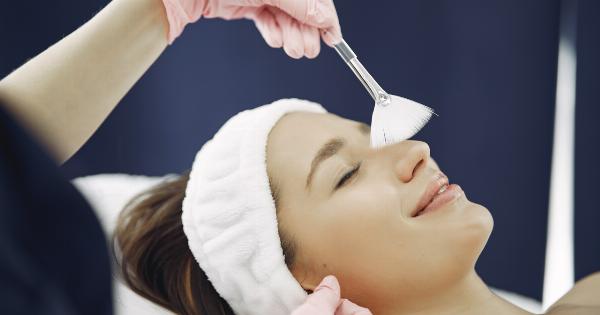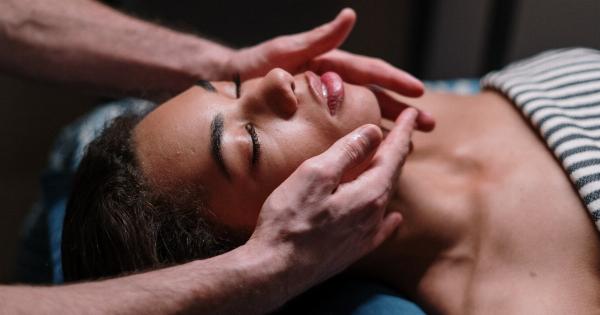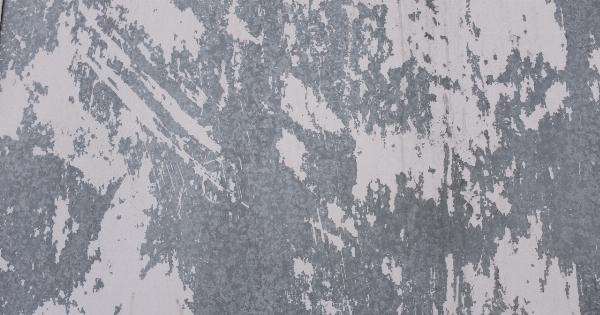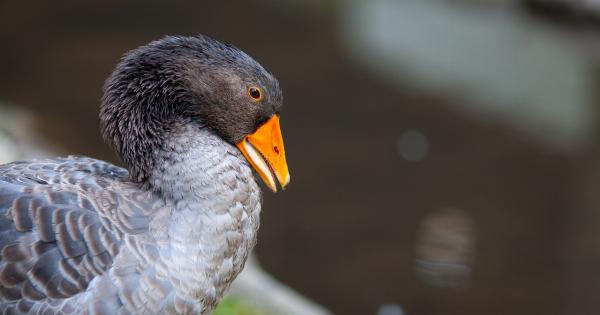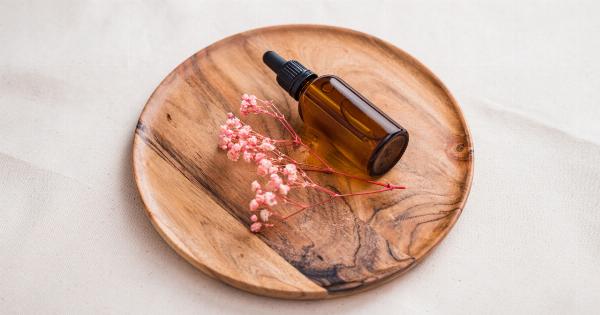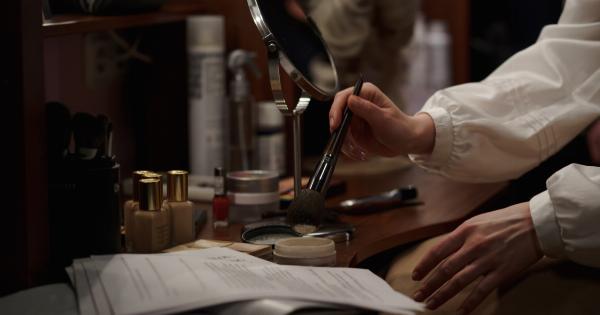Lice infestation is a common problem that affects both children and adults worldwide. These tiny parasites not only cause intense itching and discomfort but also have the potential to spread rapidly.
Understanding how lice are transmitted and finding effective ways to permanently remove them are crucial in combating this issue. In this article, we will delve into the various modes of lice transmission and explore strategies for their permanent removal.
Types of Lice
There are three main types of lice that infest humans: head lice (Pediculus humanus capitis), body lice (Pediculus humanus corporis), and pubic lice (Pthirus pubis).
Each type exhibits specific behaviors and primarily infests different areas of the body. Although the methods of transmission may differ slightly, all lice share the ability to spread rapidly through direct contact.
Transmission of Lice
Lice are primarily spread through direct head-to-head contact with an infested person. This is the most common mode of transmission for head lice, especially among children in schools or households.
When individuals have their heads in close proximity, lice can easily crawl from one person to another. Sharing personal items such as combs, brushes, hats, or headphones can also facilitate lice transmission.
Body lice, on the other hand, are usually transmitted through prolonged contact with infested clothing or bedding. These lice can survive away from the human body for a longer period, giving them more opportunities to spread.
Overcrowded and unsanitary living conditions contribute to the proliferation of body lice, as they thrive in unclean environments.
Pubic lice are usually transmitted through sexual contact or close physical contact, commonly acquired through sexual activities or sharing infested personal items such as towels, clothing, or bedding.
It is important to note that pubic lice can also infest other areas with coarse hair, such as eyelashes or armpits.
Recognizing Lice Infestation
Identifying a lice infestation is crucial for timely treatment and preventing further transmission. Common signs of lice infestation include:.
- Intense itching on the scalp, body, or pubic area
- Presence of lice eggs (nits) attached to hair shafts
- Small red bumps or sores on the scalp, neck, or shoulders
- Visible crawling lice
- Irritability or difficulty sleeping due to itching
Permanent Removal of Lice
Getting rid of lice can be challenging without proper treatment and preventive measures. Here are some effective strategies for permanent removal:.
1. Medication
Over-the-counter and prescription treatments formulated specifically for lice are commonly used. These products contain active ingredients that kill lice and their eggs.
It is important to carefully follow the instructions and repeat the treatment as recommended to ensure complete eradication.
2. Manual Removal
Combing the hair with a fine-toothed lice comb, also known as a nit comb, is a crucial step in removing lice manually. Wetting the hair with conditioner can help immobilize the lice, making them easier to comb out.
This method is time-consuming but effective, especially when combined with the use of medication.
3. Washing and Cleaning
Infested clothing, bedding, and personal items should be washed in hot water (at least 130°F or 54°C) and dried in a dryer on high heat. Vacuuming upholstered furniture, car seats, and rugs can help remove any stray lice or eggs.
4. Containment
During the treatment process, it is essential to limit direct contact with others to prevent further transmission. Avoiding activities that involve head-to-head contact and refraining from sharing personal items can help contain the infestation.
5. Environmental Control
Sanitizing the environment plays a crucial role in reducing the chance of reinfestation. Regularly vacuuming floors, furniture, and car seats, as well as washing and drying bedding on high heat, can eliminate any remaining lice or eggs.
Preventing Lice Transmission
Prevention is always better than cure, especially when dealing with lice infestation. Here are some preventive measures to reduce the risk of lice transmission:.
1. Educate and Raise Awareness
Informing children, parents, and communities about lice transmission, early detection, and appropriate treatment methods can help prevent the spread of lice. Schools and healthcare centers can play a vital role in disseminating this information.
2. Avoid Head-to-Head Contact
Encouraging individuals to avoid direct head-to-head contact, especially in crowded settings such as schools or playgrounds, can significantly reduce the chances of lice transmission.
3. Personal Belongings
Emphasize the importance of not sharing personal items such as combs, brushes, hair accessories, hats, or headphones, as these can act as vehicles for lice transmission. Teaching good personal hygiene practices can further reinforce these measures.
4. Regular Screening
Periodic screenings for lice infestation can help in early detection and prompt treatment, minimizing the risk of further transmission within communities and households.
5. Maintain Cleanliness
Keeping the living environment clean and hygienic is essential in preventing lice infestation.
Regularly washing and drying bedding, clothing, and personal items, as well as maintaining cleanliness in shared spaces, can contribute to reducing the chances of lice transmission.
Conclusion
Lice infestation is a persistent problem that requires understanding the modes of transmission and implementing effective strategies for permanent removal.
By educating and raising awareness, practicing good hygiene, and employing proper treatment methods, we can significantly reduce the prevalence of lice infestation. With these measures in place, individuals can regain their comfort and confidence, free from the nuisance caused by lice.

